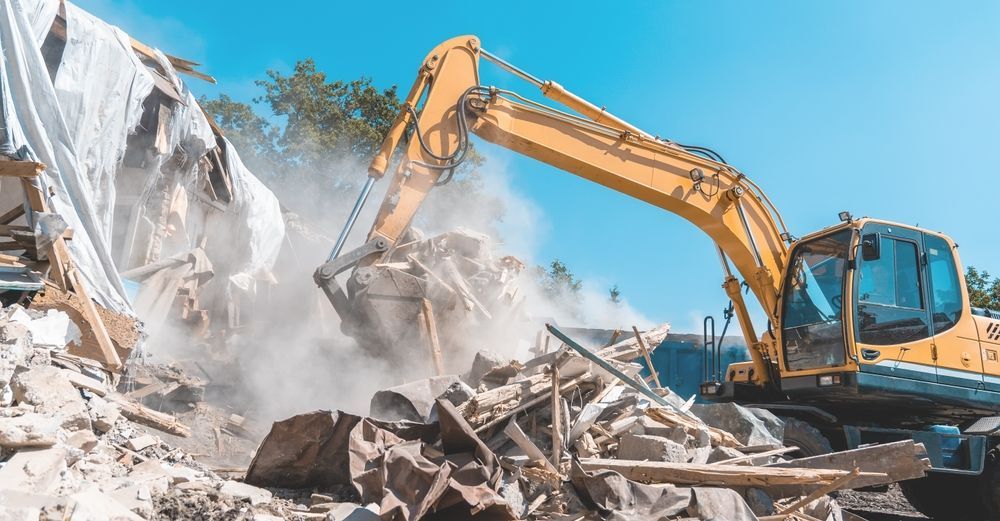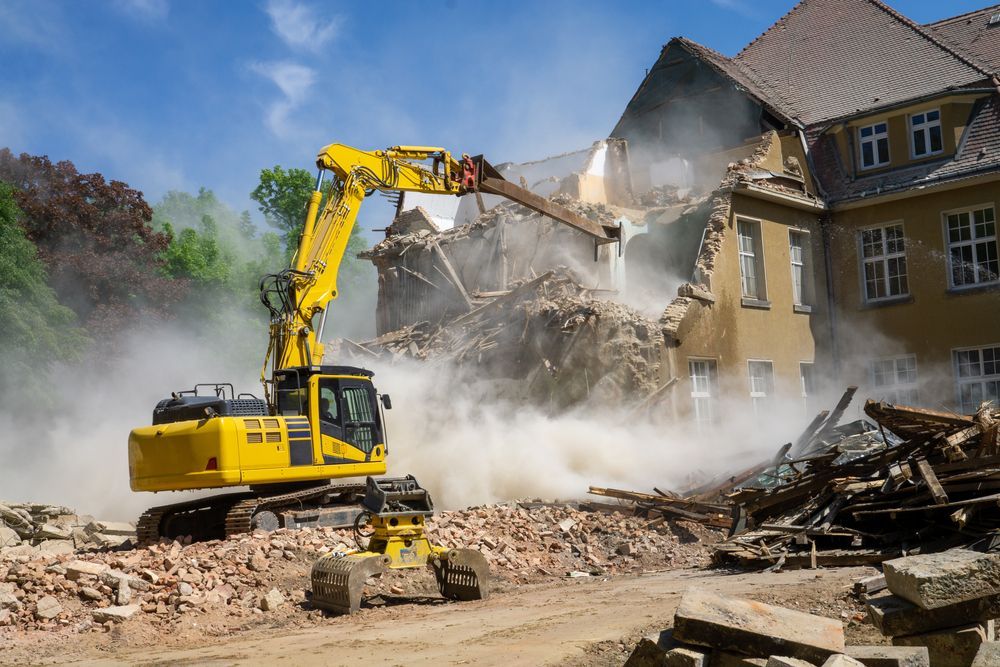Understanding the Different Types of Erosion Control Systems
Share this article:
Written by: Alpine Demolition
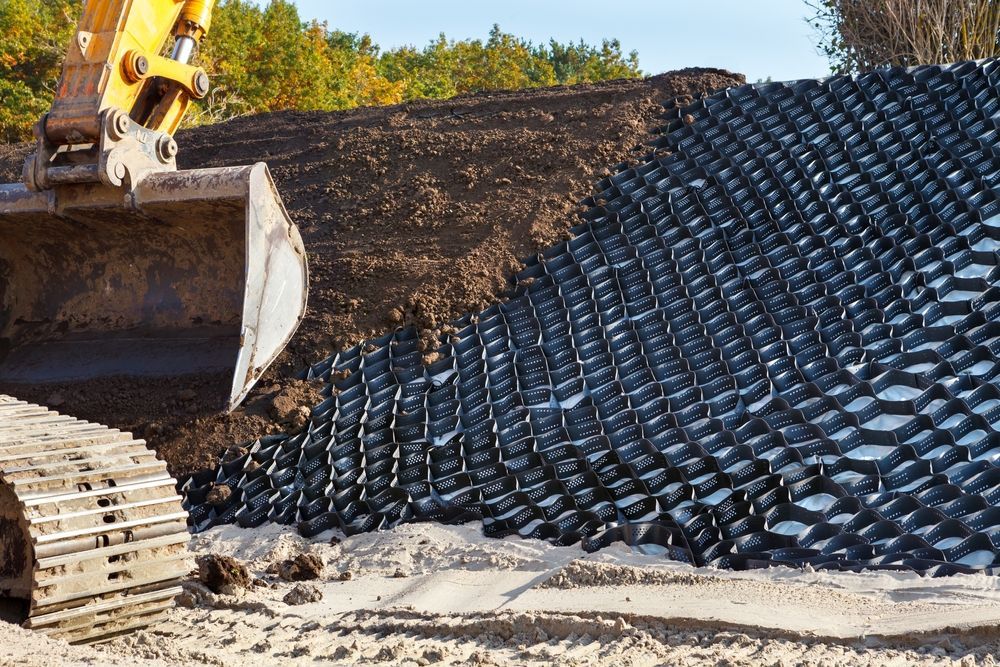
It's estimated that about 75 billion tons of fertile soil are lost to erosion each year, and the effects can be far-reaching. Some of the hazards associated with soil erosion include soil degradation and a reduction in crop yields. In fact, soil erosion can decrease crop yields by up to 50 percent. Soil degradation also involves a decline in soil quality, which can make it easier to build on and potentially give way to foundation damage in existing structures.
The good news is that there are ways to control erosion to prevent many of the challenges it may pose. In this post, we'll take a closer look at erosion control systems and the types of erosion control often implemented on construction and demolition sites. It's a key part of
preparing for a job. Read on to learn more:
What is an Erosion Control System?
An erosion control system is either a set of materials or practices - or a combination of both - that prevents soil erosion and protects properties and land. Such systems help guard against wind, water, and sediment erosion.
Types of Erosion Control at Demolition & Construction Sites
Various types of erosion control systems are often implemented on demolition and construction sites. Here's an overview of the different types of erosion control:
Planting Vegetation
One of the most tried and true ways to prevent erosion involves planting vegetation with deep roots. This helps to hold the soil in place and can be an especially effective technique in areas that are more likely to experience erosion, such as sites next to hillsides or slopes, or those located near bodies of water.
Native grasses, wildflowers, and certain perennials are examples of native plants with deep root growth that can help keep soil in place.
Reforestation
Reforestation is the process of replanting trees in areas that have seen forest loss. It's estimated that sites with strategically planted trees can help eliminate soil erosion by up to 75 percent. Trees are particularly helpful for their deep, interwoven roots in the subsoil and their dense forest canopy, each of which helps prevent earth flow and erosion.
Soil Nails
Soil nails are steel bars that are installed in the ground to help stabilize soil and rock. They're often used in conjunction with building construction or site preparation to help make slopes more stable, support any necessary excavations, and make repairs to any retaining walls. Soil nails are 20 to 30 feet long and represent a more affordable and equally effective way of anchoring soil.
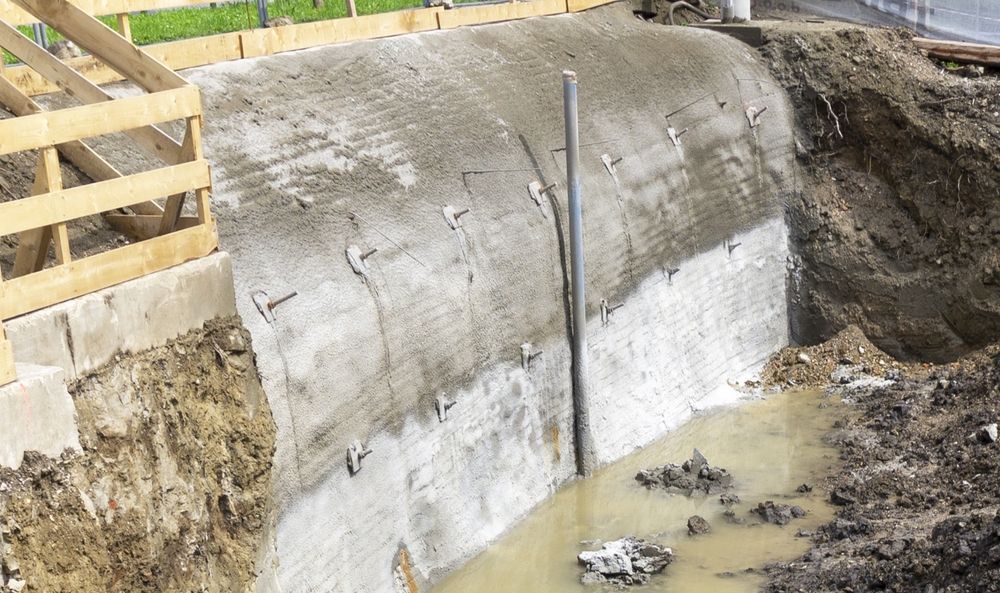
Concrete Blocks
A line of concrete blocks can help protect demolition and construction sites near riverbanks and other bodies of water. It's also an effective erosion-control measure near slopes.
Sand Fence
As the name implies, a sand fence is a barrier that helps prevent windblown sand from accumulating outside of a desired location. On a construction or demolition site, it may be used to prevent sand from building up on roads or impacting certain tools or equipment.
Fiber Rolls
One of the effects of soil erosion is a negative impact on the water quality. Fiber rolls help protect water quality in reservoirs or other bodies of water. Often installed on construction sites, these temporary barriers often consist of fiber or straw rolled into long tubular rolls. The rolls are then strategically placed on site slopes to prevent soil erosion and contamination of water sources.
Geotextile Walls
Similar to fiber rolls, geotextile walls are frequently installed on construction sites. They work to stabilize soil around slopes, preventing erosion from stormwater runoff. Geotextile walls can also help job sites with drainage.
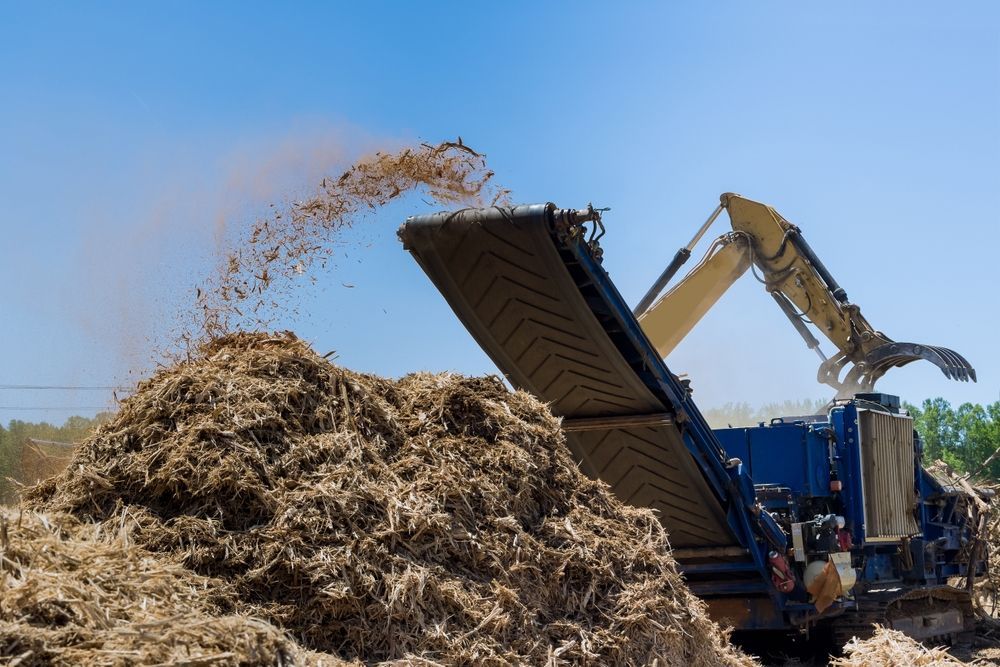
Applying Mulch
Mulch is perhaps best known for beautifying a property's landscaping, but it can also serve an important role in preventing soil erosion. Specifically, mulch covers the soil and helps prevent it from being washed away.
Seeding
Seeding is another method to help prevent soil erosion - and it may surprise you to learn that there are two different types of seeding: temporary and permanent.
Temporary seeding is commonly used on construction and demolition job sites to quickly grow grass to reduce soil erosion for the length of the job. The grass will eventually die after a certain time.
Permanent seeding is exactly what it sounds like. It's a process to establish long-term vegetation, both during site work and long after work has been completed. Permanent seeding is often done in conjunction with the planting of other native plants to add beauty to the site while also taking steps to minimize soil erosion.
Installing Energy Dissipaters
Ideal for high-velocity areas, energy dissipaters are purposefully designed to absorb the energy of flowing water. After absorbing it, they work to dissipate it over a predefined area. These devices help reduce the potential of flowing water to lead to erosion.
Riprap
Riprap is rubble composed of various rock types, commonly installed around seaside construction points. It works by preventing soil erosion from water runoff.
Structural Repair
Several other structural repair methods can help prevent soil erosion on construction and demolition sites. They include:
- Adding high-quality soil to eroded areas and then compacting it to support construction foundations.
- Using erosion-control products like blankets and other structures.
- Repairing any drainage issues that are accelerating soil erosion.
- Administering poly jacking, which involves injecting a foam material to stabilize foundation bases.
- Using grouts and epoxy resins to seal leaks and fill any voids.
Contact Alpine Demolition Today
For more information on the various different types of erosion control methods that are frequently implemented on construction and demolition sites, contact Alpine Demolition today. As experienced demolition contractors, we're always working with the environment in mind and implementing various sustainable best practices, including the right erosion control methods. Contact us today to learn more and for a consultation on your next demolition job.


